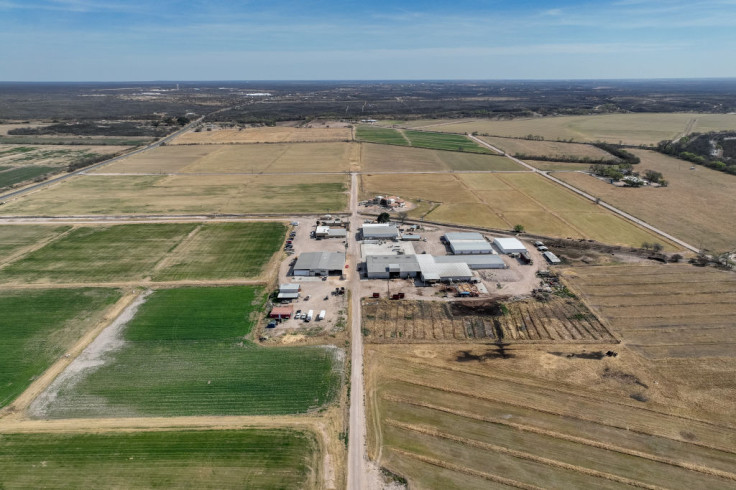
ALABAMA - Although Texas has greatly benefitted from the influx of new residents moving to the 'Lone Star State' in recent years, the increase in population could also exacerbate some issues in the long term. In August, we saw a small glimpse of this as water levels in reservoirs were low. But the real problem could be much worse.
Early during the COVID-19 pandemic, many big tech companies moved their headquarters from the West Coast to cities in the state and thousands of people also made the switch. In 2023, the U.S. Census Bureau reported that Texas gained 473,453 residents, accounting for nearly 30% of all new residents in the entire United States.
But the influx of people is intensifying an already existing problem in the state: the lack of water. According to Texas Agriculture Commissioner Sid Miller, Texas is out of water. "We can't grow, we can't expand, we can't have economic opportunity and jobs without water. We've reached our limit, there is no more. We've got to do some things different," he told Nextar on Sept. 24.
As reported by KXAN and Border Report, a big part of Central and Western Texas have been in a drought for most of the last two years. In Wimberley, what used to be a creek full of water is now just a collection of boulders and dust.
The issue has gotten so bad that some local officials have implemented Stage 4 water restrictions, penalizing residents for using automatic water sprinklers and confining watering to certain times of the day.
Miller said that the state loses about one farm every week, not due to the lack of land, but farmers do not count with enough water to keep their crops alive.
Fixing the water shortage will not be cheap, according to one Texas lawmaker, but not fixing it is also costing the state billions of dollars. According to a new EWG investigation that shows drought conditions in Texas, federal crop insurance paid almost $10 billion to Texas farmers for drought between 2001 and 2022, making up 43% of all crop insurance payments in the state.
"It's the silent issue, with the least urgency, with the biggest impact," State Sen. Charles Perry, R-Lubbock, previously told Nexstar. "We've been, for far too long, treating water like a commodity that has no meaning. And it's truly not. It's not a commodity. It's a necessity."
Last year, voters approved The Texas Water Fund that provided $1 billion to fund water projects as part of the plan. The proposition requires the Texas Water Development Board to set aside at least $250 million for the New Water Supply for Texas Fund, which allows municipalities to apply for grants and loans to finance projects intended to produce new water sources for their communities.
By developing desalination technology, aquifer recovery and preservation and new treatment facilities, the TWDB says the fund will provide 7 million acre-feet of new water supply by the end of 2033.
But according to Perry, the $1 billion provided to combat the state's water shortage is not enough.
"Water is the only problem that we face as a state that can literally be fixed with more money," Sen. Perry said. "It's just a commitment to a vision to provide water and a commitment of resources to get there. So that's been my frustration — it's not one of those problems that we can't solve. The lack of urgency to deal with it is frustrating."
For months, officials in Texas have been looking at different ways to tackle the issue. Maria Elena Giner, Commissioner at the International Boundary and Water Commission said the decline in water supply highlighted the need for the region to diversify its water supply, as 90% of the region's supply comes from the Rio Grande. "This is something they really need to look at, as far as how they're going to build drought resiliency in the region," Giner said.
On Sept. 24, Miller pointed to possible ways to save water, including hard infrastructure upgrades. The Texas Water Development Board found that the state wastes more than 130 billion gallons of water every year due to leaky pipes alone.
As the Texas population is expected to gain over 22 million people by 2070, water outages are a real concern for Texas in the short term. The National Wildlife Federation found that the 'Lone Star State' loses 572,000 acre-feet of water every year. That is enough to supply Austin, Fort Worth, El Paso, Laredo and Lubbock combined for an entire year.
© 2025 Latin Times. All rights reserved. Do not reproduce without permission.






